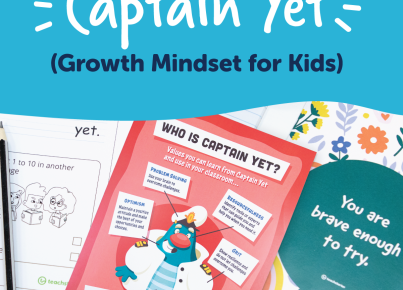In the rapidly evolving world of science and technology, energy remains a fundamental topic that intersects with various disciplines including physics, environmental science, and economics. As educators aim to enlighten and inspire the next generation of innovators and thinkers, having access to high-quality energy teaching resources is paramount.
Why Focus on Energy Education?
Energy education plays a critical role in helping students understand the complex relationship between society’s energy demands and the environmental impact of fulfilling those needs. With concerns such as climate change and energy sustainability taking center stage internationally, equipping young people with comprehensive knowledge about energy sources, conservation, and technology contributes significantly to their ability to make informed decisions in the future.
Types of Energy Resources for Classrooms
Teaching about energy can take many forms and utilize a wide array of resources, including:
1. Interactive simulations that allow students to explore scenarios such as managing a city’s power grid or simulating the effects of different energy sources on the environment.
2. Laboratory kits providing hands-on experience with photovoltaic cells, wind turbines, and other renewable energy technology.
3. Multimedia presentations and documentaries that discuss current events and advancements in the energy sector.
4. Project-based learning modules which may include designing sustainable homes, planning a local recycling program, or analyzing the cost-benefit ratios of various energy solutions.
5. Field trips to power plants, renewable energy installations, or scientific research centers where students can see energy principles in action.
Benefits of Utilizing Diverse Teaching Resources
By incorporating various teaching resources into their curriculum plans, educators can:
– Cater to different learning styles whether visual, auditory, kinesthetic, or reading/writing preferences.
– Foster critical thinking by presenting real-world problems related to energy production and consumption.
– Promote collaborative skills through group projects focusing on creating sustainable solutions.
– Reinforce STEM (science, technology, engineering, math) education which is increasingly important in contemporary education paradigms.
Conclusion
The importance of having diverse and robust teaching resources cannot be understated when it comes to educating students about energy. As we prepare young minds for the challenges of modern society—and indeed for positions where they may one day lead efforts in solving global issues—teachers need to be equally empowered with access to top-tier educational materials. These resources help render abstract concepts tangible and inspire students not just to learn about energy but to engage actively in dialogue and action regarding its future.





